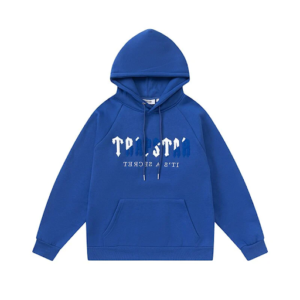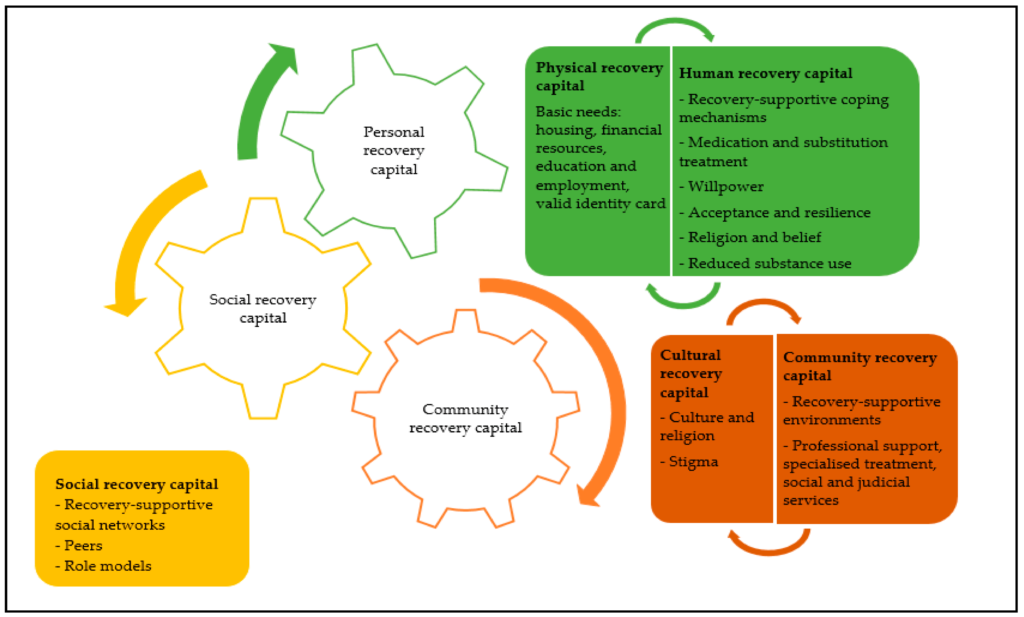Making a well-fitting wardrobe or pleasant living area that works for each season demands material selection. To ensure comfort all year round, the ideal fabrics and materials should offer breathability, insulating material, durability, as well as a balance between temperature and coolness.
Let’s examine the materials that work best for year-round comfort—from clothes to bedding—as well as how to use them in different contexts. T & A textiles bed linen supplier is a reliable source of bed linens, providing elegant, long-lasting, and high-quality bedding options that are designed to satisfy the demands of residences, hotels, and medical facilities.
Cotton
One of the greatest materials for the cold is cotton. This versatile fabric may be considered thick to withstand the winter’s elements or thin to make it airy for summer. For those who are allergic to wool or other synthetic fibres, it’s an excellent substitute. In addition to being extremely soft and breathable, the fabric is also rather durable. Cotton’s tendency to absorb moisture makes it a poor choice for an item of clothing on its own when inclement weather is predicted.
Wool
Appropriate material for anyone in need of a cosy comforter. Wool retains body heat quite well because of its distinct texture. It traps heat in this way by using thick, knotted fibres. Although it can be uncomfortable to overheat, it can be a fantastic place to cuddle up during the winter. Sadly, since real wool is pricey, this also has a premium price tag.
- Few choices
- Overheating could be a problem.
- Genuine wool comforters are pricey.
- Perfect in extremely cold areas
Bamboo
Bamboo is a fast-growing, eco-friendly fibre that is frequently utilized to manufacture other household items besides bed linens. Bamboo rayon is created by weaving the fibres into bamboo cellulose, which is extracted and then used to make bamboo sheets. These sheets of jungle plants are renowned for being wrinkle-resistant and softer than linens or polyester. In addition, bamboo bedding is ventilating environmentally friendly and long-lasting.
Tencel
Tencel’s thread count makes it an excellent choice for hot sleepers, as experts have suggested. But the advantages don’t stop there. “The fabric called Lyocell, which is primarily recognized by its brand name Tencel, is made from the pulp of trees such as e trees,” he explains. This indicates that the fabric has minuscule hydrophilic fibres, which are excellent at absorbing moisture as you sleep. And he’s not the only expert who thinks this is the greatest luxury bedding.
A sleep study specialist, suggests that hot sleepers use mattresses made from materials like linen, bamboo, or Tencel since they are lightweight, breathable, and moisture-wicking. She also highlights the sumptuous yet lightweight nature of these fabrics.
Two Types of Leather: Real and Fake
We think that one of the warmest fabrics for apparel is leather. Gorgeous leather is a fabric that works well not just in the winter but all year long. With age, this special material appears to get better. It adapts to you, is incredibly strong, and works wonders as a weather barrier. Leather requires specific care, but if you can handle it, you may retain it for a very long time. You can also use imitation leather, which doesn’t include the usage of animal products, for a more environmentally responsible solution. Put your trust in an expert’s knowledge for outstanding leather dry cleaning service that will restore your belongings to like-new condition.
Polyester
While mixtures of polyester tend to be significantly softer and offer an additional degree of comfort, most unadulterated polyester sheets are typically somewhat harsh. These sheets resist wrinkles, are inexpensive, and are simple to launder. Polyester is going to become your best buddy if you want sheets that you don’t have to press or steam.
Polyester absorbs grease as well as oil and can be difficult to remove stains from, especially when using white sheets. This is despite its many advantages, such as its natural water resistance.
Down
Down’s soft, breathable, and lightweight qualities make it one of the most widely used textiles. The fill power, or amount of filling in sleeping arrangements, is what determines how warm a down comforter and blanket is. In the cold, you should ideally have a high fill power.
It could not be the greatest option for people with hypersensitivity or those seeking for something manufactured ethically because it’s frequently derived from the underside of waterfowl, including geese, ducks, and swans. You’ll also need to become proficient in cleaning down comforters to avoid causing harm to the delicate down.
Final Words
Choosing fabrics with the qualities of the ability to breathe, moisture-wicking, and insulation is essential for year-round comfort. For apparel, bedding, and home décor, materials like cotton, linen, wool, bamboo, silk, modal, among cashmere are excellent options because of their distinct qualities, which enable them to adjust to seasonal variations.
Visit blogkey for more articles.









